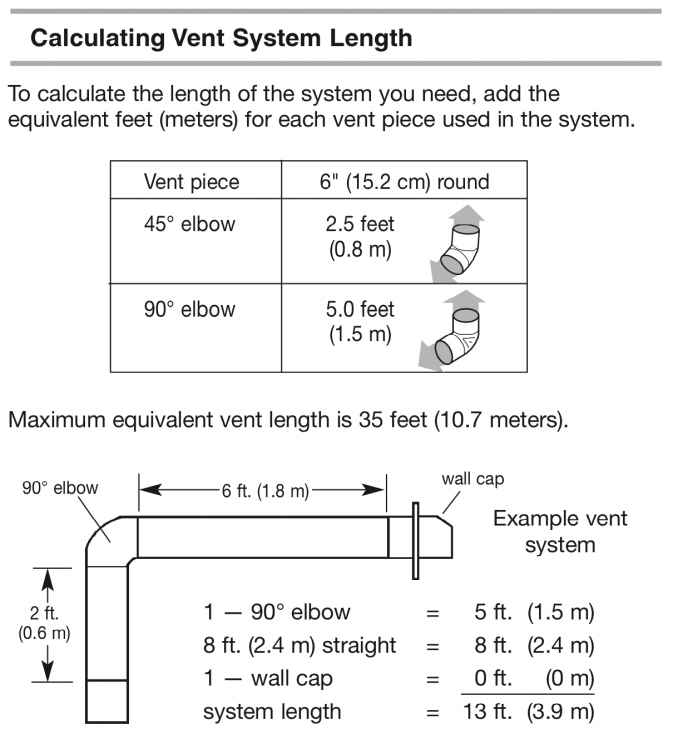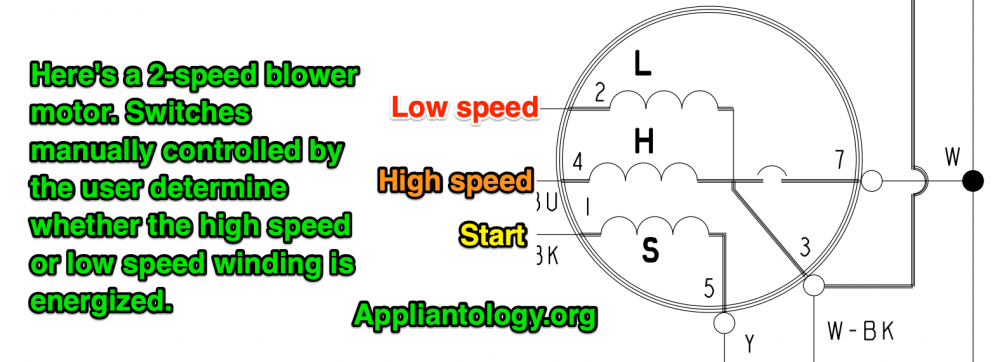What You Need to Know to Troubleshoot Vent Hoods
Vent hoods are pretty simple appliances -- something you've probably surmised if you've ever looked at the schematic for one. Usually, all they have going on is a blower motor and a couple of lights. When it comes to troubleshooting a hood, there are just two technology-related concepts you need to be familiar with: venting specifications and how multi-speed motors work.
First, venting specs. As with any machine that produces exhaust as part of its operation, vent hoods have certain requirements when it comes to how their venting is configured. Here's a Whirlpool vent hood that gives a 6" diameter vent spec. That's a lot bigger than the 4" diameter dryer vents that we often work with.
There are other factors to consider in a vent as well. In particular, the material the vent is made of and how many bends are in the vent.
Depending on the vent hood, you'll have a maximum equivalent vent length spec that you're working with. All of these examples have been taken from the installation manual for a Whirlpool vent hood.
Each bend in the vent adds a certain number of feet to the equivalent length of the vent. Again, the installation manual will tell you how to calculate this, like so:
What this means is that, if the customer complaint is poor airflow, you need to check the vent to make sure it's within spec. That includes looking at the length, number of bends, and the material it's made of.
Now, how about those speed settings for the motor? Is this some kind of variable speed, inverter-driven BLDC motor we're dealing with?
Nothing quite so sophisticated. Remember -- these are simple machines. All they have are motors with a separate run winding for each speed selection. Does the vent have 3 speed settings? Then the motor has three separate run windings. Whichever speed setting the user selects at the control panel, the appropriate run winding is energized.
By the way, this same type of motor setup is used on many old-skool washers, so you might already be familiar with it.
And those are the two main aspects you need to know about vent hoods -- I'm going to assume you don't need any help troubleshooting the light bulbs. ![]() Pretty simple stuff, but always good to have your mental toolkit as well stocked as your physical one.
Pretty simple stuff, but always good to have your mental toolkit as well stocked as your physical one.
Want to understand the underlying technology in all appliances and attain complete troubleshooting mastery? Click here to check out the Core Appliance Repair Training course over at the Master Samurai Tech Academy.
-
.png) 6
6
-
 2
2








5 Comments
Recommended Comments